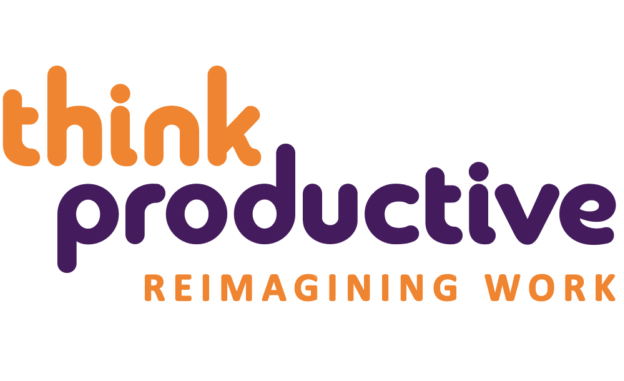It’s not bad to want the best from your employees, but you must first make sure that the system is allowing them to do their best. It is not a simple matter just to raise the topic of productivity without pissing people off.
You’ve probably heard it said that people don’t leave jobs – they leave managers. Not only do they leave because of terrible managers, but they also leave to escape toxic work environments.
What makes a workplace toxic?
Have you ever dreaded having to go to work? It’s likely that most of us have, at some point, worked in a place with a toxic work culture.
This kind of culture makes it difficult to complete work and meet goals. It also means higher employee turnover, which has obvious negative results for the company.
Toxic workplaces often have poor communication, which includes being vague about goals, constant communication outside work hours, and passive-aggressive comments. Cali Ressler and Jody Thompson, human resources experts, call those passive-aggressive comments “sludge.”

Sometimes, a toxic workplace can be the result of managers holding onto archaic ideas about what productivity looks like. When you think about what work looks like, you probably envision the classic “9 to 5” – showing up to the office building and keeping busy in your cubicle with a manager checking in on you periodically until you can clock out.
Micromanaging your employees is a sure-fire way to hamper their productivity and creativity. Do any of us really do our best work when we feel like we’re under surveillance? Furthermore, productivity has already risen by almost 62 per cent since 1979. Do you actually want your employees to be more “productive”? Or is there another measure of success that might be more useful?
How can you change the environment?
In 2003, Best Buy tried a bold new initiative for its knowledge workers: a concept called the Results-Only Work Environment, or ROWE. Created by Cali Ressler and Jody Thompson, the human resources experts mentioned earlier, ROWE is a method in which it doesn’t matter when, where, or how the work gets done, as long as deadlines are met.
Employees had total autonomy. If they didn’t want to show up to the office, they didn’t have to – as long as they got the necessary results. They could work remotely or take a day off for family time or appointments without having to justify it to anyone.
The results of this initiative were profound.
Managers managed the work, rather than managing the people like unruly children. They had to set clear goals and expectations and assess results without keeping tabs on employees. Employees were more confident in their abilities and proud of their work, physical and mental health improved, and turnover was reduced.

Ending presenteeism
Another benefit of the ROWE was showing who had been coasting during their eight-hour shifts at the office. In this 2014 article, Thompson comments on how the workplace changed, saying that she and Ressler created a “shitstorm”: “We were letting people run free like unicorns. We were also shining a bright light on the people who’d previously been able to hide inside the system by showing up every day without accomplishing much.”
Humans don’t actually work for eight hours straight every day. We’re not built to be productive for those long stretches of time – we’re built for 60- to 90-minute bursts of productivity followed by a break. This is called the ultradian rhythm. Work, it turns out, is much more like a series of sprints than it is a marathon.
Previously, as long as employees looked busy, their actual productivity wasn’t questioned.
Trusting your employees with autonomy, as long as your industry and their position allows for it, will not only allow high-achieving employees to do better work, but will also highlight where employees can improve, thus improving your company as a whole.
Give a little bit
If you want to get more from your employees, try giving them a little more: a little more flexibility, a little more independence, and a little more clarity will go a long way to getting the results you want:
- Manage work, not people – allow for flexible, remote, and hybrid work. As long as the work gets done on time, who cares where it gets done?
- Avoid vague requests for “increased productivity.” Your employees probably already feel like they’re super productive – or at least working hard – and can get turned off when you ask for a nebulous, immeasurable “more.” Think about the results you want and frame requests in those terms.
- Avoid management bullshit jargon, too – stuff like “synergy,” “impact,” “action plan,” etc. You know it’s crap, I know it’s crap, and, most importantly, your employees know it’s crap.
- Let employees know the value that their work provides to the company and why their work is important. We all want to feel like we’re contributing to something significant.
- Reward success! No, you don’t have to celebrate every tiny thing, but if your employees meet or exceed your expectations, let them know you see and appreciate their efforts in a tangible way, like with a bonus. Again, don’t make it some vague platitude, you have to really mean it!
By Emilie Charette
“I’m a full-time university student who just finished my bachelor’s degree in communication and media studies, a part-time content creator, and a part-time D&D dungeon master. When I’m not researching and writing, I love meeting new people, hearing their stories, and getting new perspectives on life”
